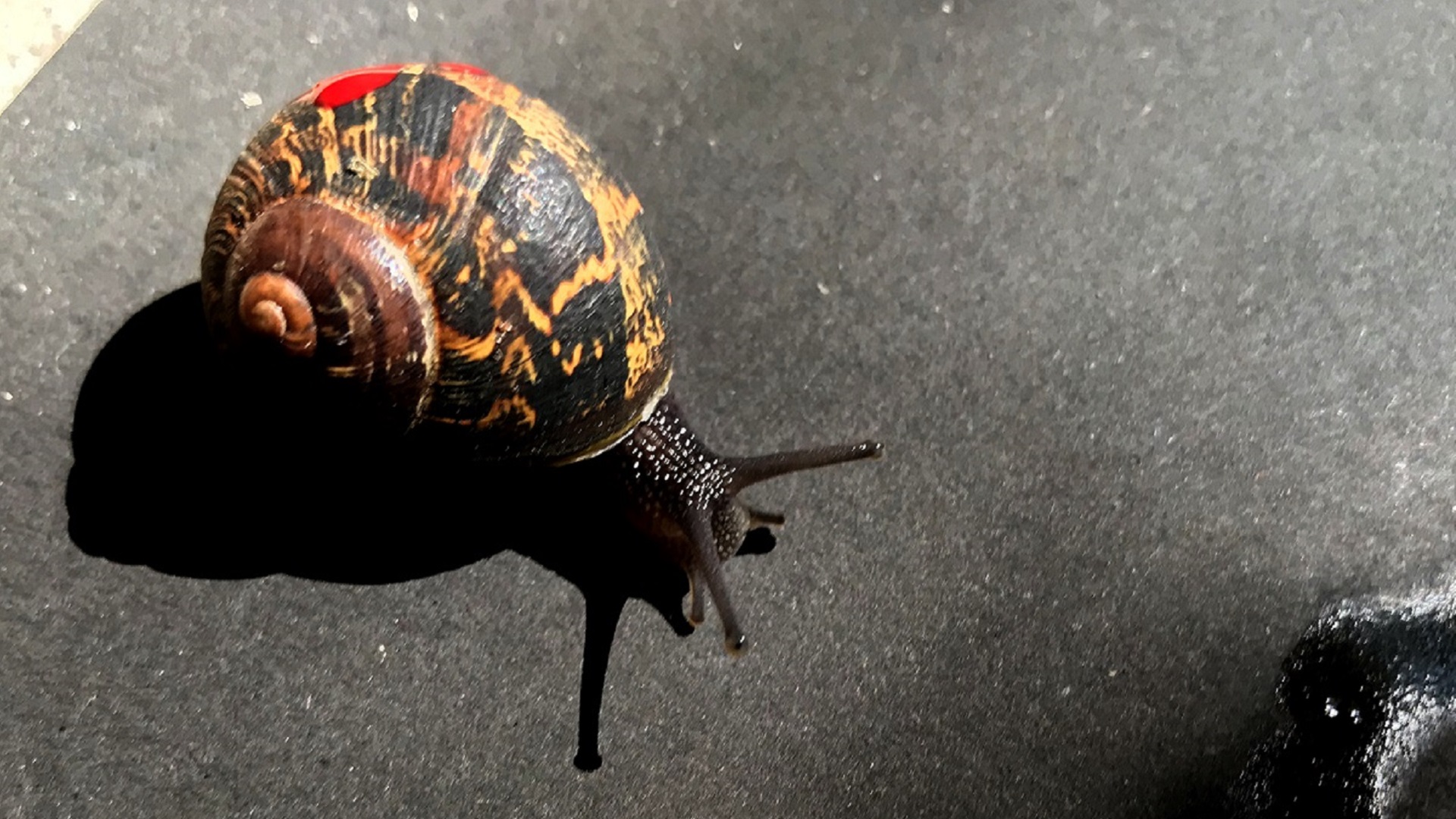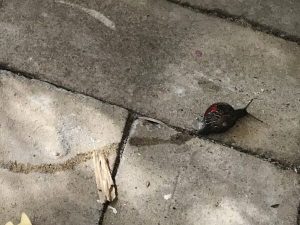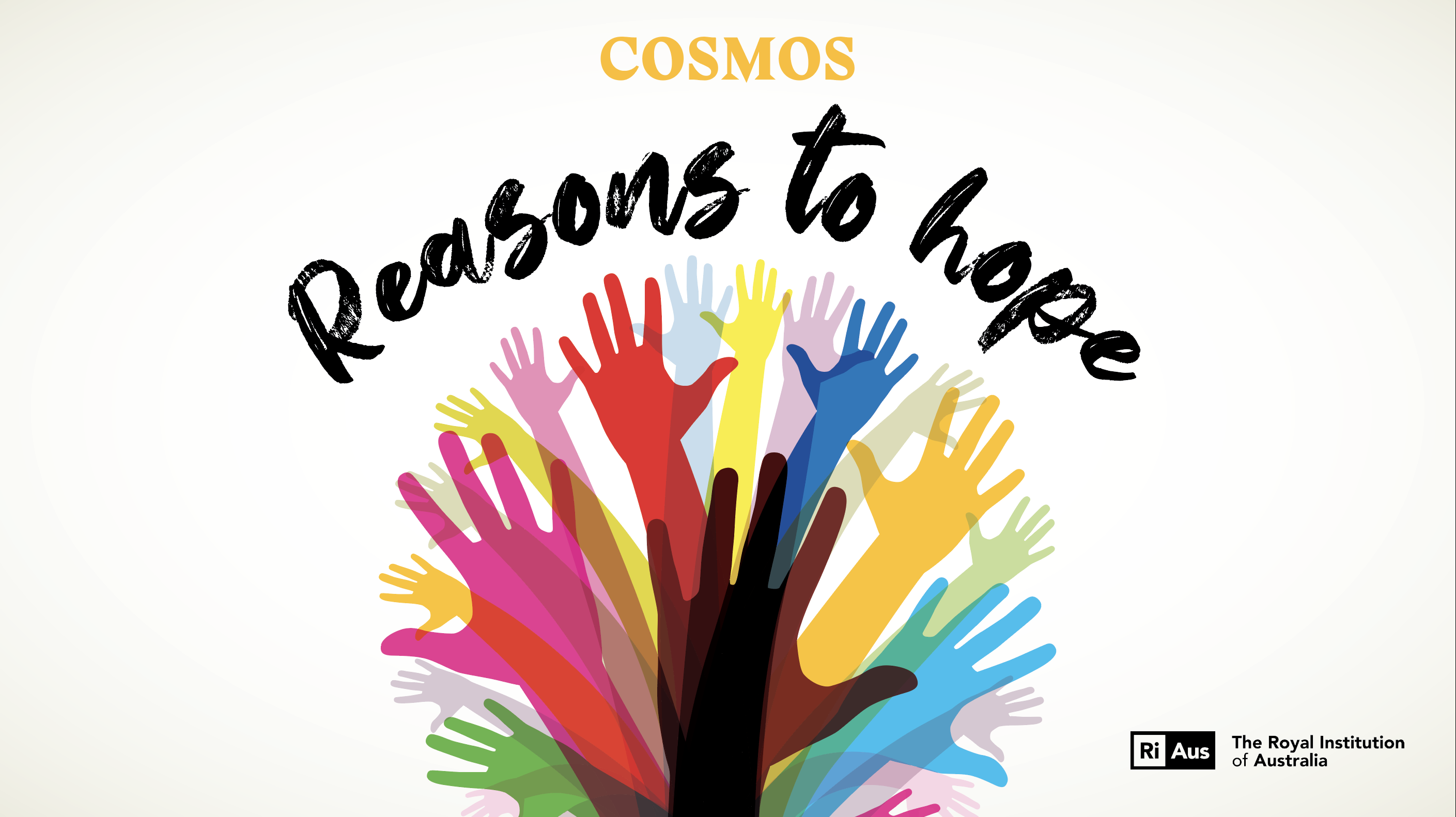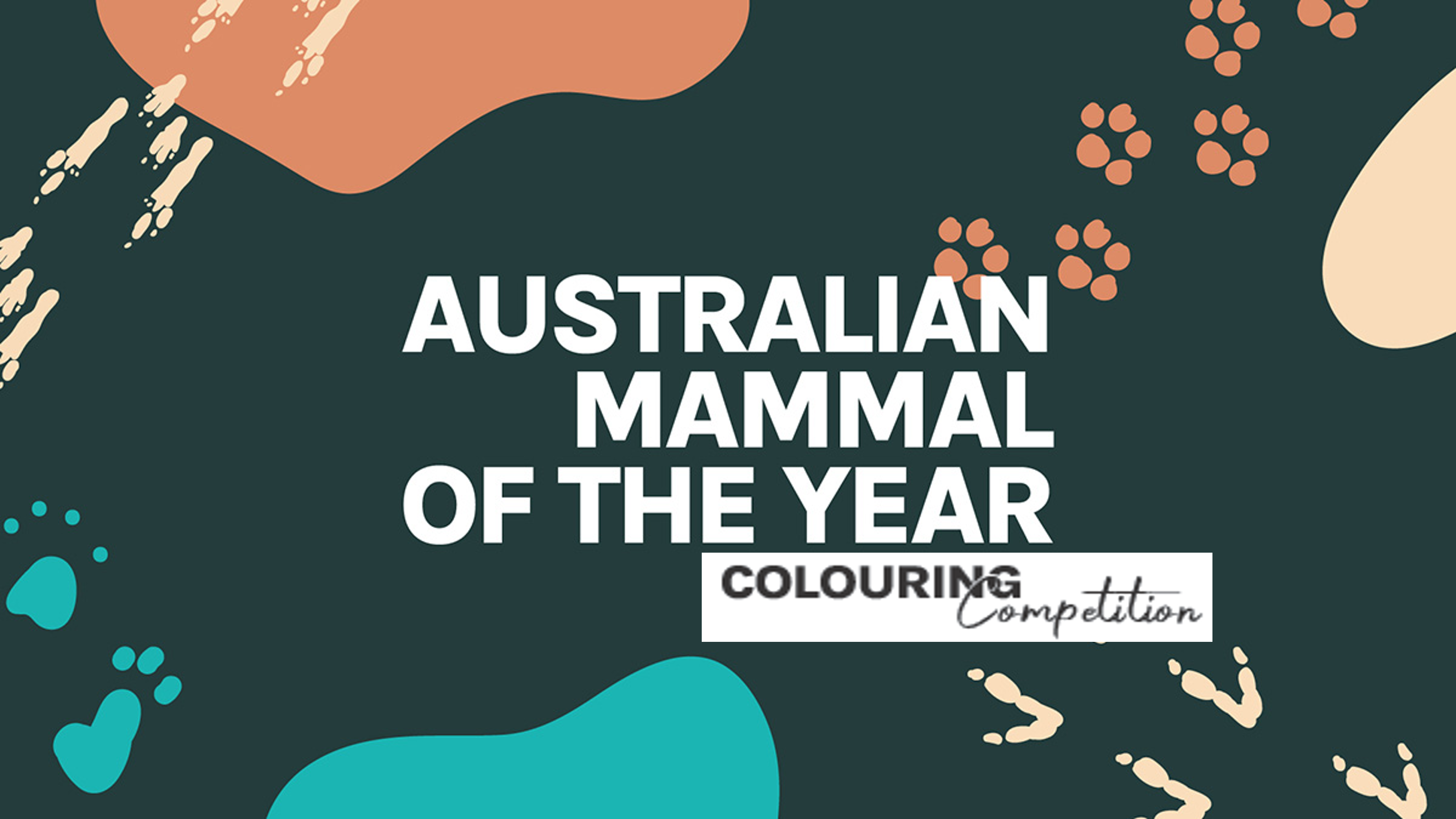Watch what they do, then tell their stories.
This resource provides an activity that is suitable for Year R and 1 students learning about how animals choose homes and year 4, 5, 6 and 7 students who are learning about the role of snails in the ecosystem.
An observation guide for this activity has been provided by The Urban Field Naturalist. There is also a structured investigation booklet available to download below for students who require additional guidance.
Word Count: 861

Ah, the humble snail. They’re slow, slimy and a have a lousy habit of devouring our hard-grown veggies. However, like many other invertebrates, the important role they play in ecosystems is often overlooked and misunderstood.
“Snails do all sorts of interesting things in the environment,” says Thom van Dooren from the University of Sydney, one of the coordinators of The Urban Field Naturalist Project.
“Perhaps most importantly, they’re often nutrient cyclers, eating leaf matter and other vegetation and helping break it down,” he says.
To shine some light on these slimy critters, the project launched the “snail homing guide”, which aims to encourage people to observe some of the facets of snail life that are going on in their gardens.
“Snails are getting up to all sorts of fascinating things, right under our noses,” van Dooren says. “They’re often very misunderstood and underappreciated and we hoped that by being drawn into their incredible miniature worlds – by slowing down with snails – people might come to see them in a new light.”
The snail homing guide is different from traditional citizen science projects. Instead of reporting their findings back to be used as part of a larger study, participants are encouraged to immerse themselves in the inner workings of their backyards.
“It isn’t strictly a citizen science project, but rather part of what we’re thinking about as a new kind of urban naturalist project – one grounded in learning about the world as a way into a deeper appreciation,” van Dooren says.
“Our aim is simply to create an opportunity for curious people to learn a bit more about snails and perhaps come to appreciate some of the fascinating things they’re getting up to.”
To help, participants are provided with a guide to aid them in learning more about snails’ daily movements.
The steps are simple. First, locate some resting snails; they’re normally found in dark, cool, damp places. Then, place a small mark on the shell that you can use to differentiate the snails from each other – something like a dot pattern or number. Ideally, use an acrylic paint pen, but if that fails, nail polish will suffice. Make sure you only mark the shell, never their sensitive flesh.

Once you’ve marked your snails, try and avoid moving them during the hottest part of the day. If you do, and then place them in a location without protection from the elements, they can easily become stressed and even die. It’s best to move them around in the late afternoon and early evening.
Then, over the ensuing weeks, check back on your new friends to see where they turn up.
“While we’re not collecting data, we do have an open invitation on our website for people to submit stories about urban wildlife encounters of all kinds. We would certainly welcome some stories about snail homing,” van Dooren says.
“Snails are some of the most threatened animals on the planet,” van Dooren says. “According to the IUCN, worldwide there have been more documented extinctions of snails than there have been of mammals, birds, reptiles and amphibians combined.”
Van Dooren points to Hawaii as an example of the dwindling numbers of many snail species. Once there were 752 species of land snails in these islands. Now, over half are extinct. Most species that are surviving do so in small populations. Species come in all shapes and sizes; some are brightly coloured with intricate patterns. However, even this still doesn’t catch people’s eyes.
“Despite their beauty and highlight threatened status, it is very difficult to get people to care about these and other snails,” van Dooren says.
The Urban Field Naturalist Project also aims to shine a light on other urban wildlife that could otherwise be overlooked. They’ve released a guide to crow appreciation and will have one on hoverflies – a pollination hero – up very soon.
“All in all, urban wildlife is pretty remarkable if we take the time to slow down and appreciate it,” van Dooren says.
“We hope that the Urban Field Naturalist Project can play a small role in providing people with the space and resources to immerse themselves in the fascinating dramas unfolding all around us.”
This article was originally written by Amelia Nichele for Cosmos. Read the original article.
The Urban Field Naturalist Project is a collaboration that brings design research, digital and environmental humanities, and life sciences together, with a focus on community nature storytelling. The team includes: Thom van Dooren and Dieter Hochuli (The University of Sydney), John Martin (Taronga Conservation Society Australia), and Zoë Sadokierski and Andrew Burrell (University of Technology Sydney).
Years: R, 1, 4, 5, 7
Login or Sign up for FREE to download a copy of the full teacher resource





